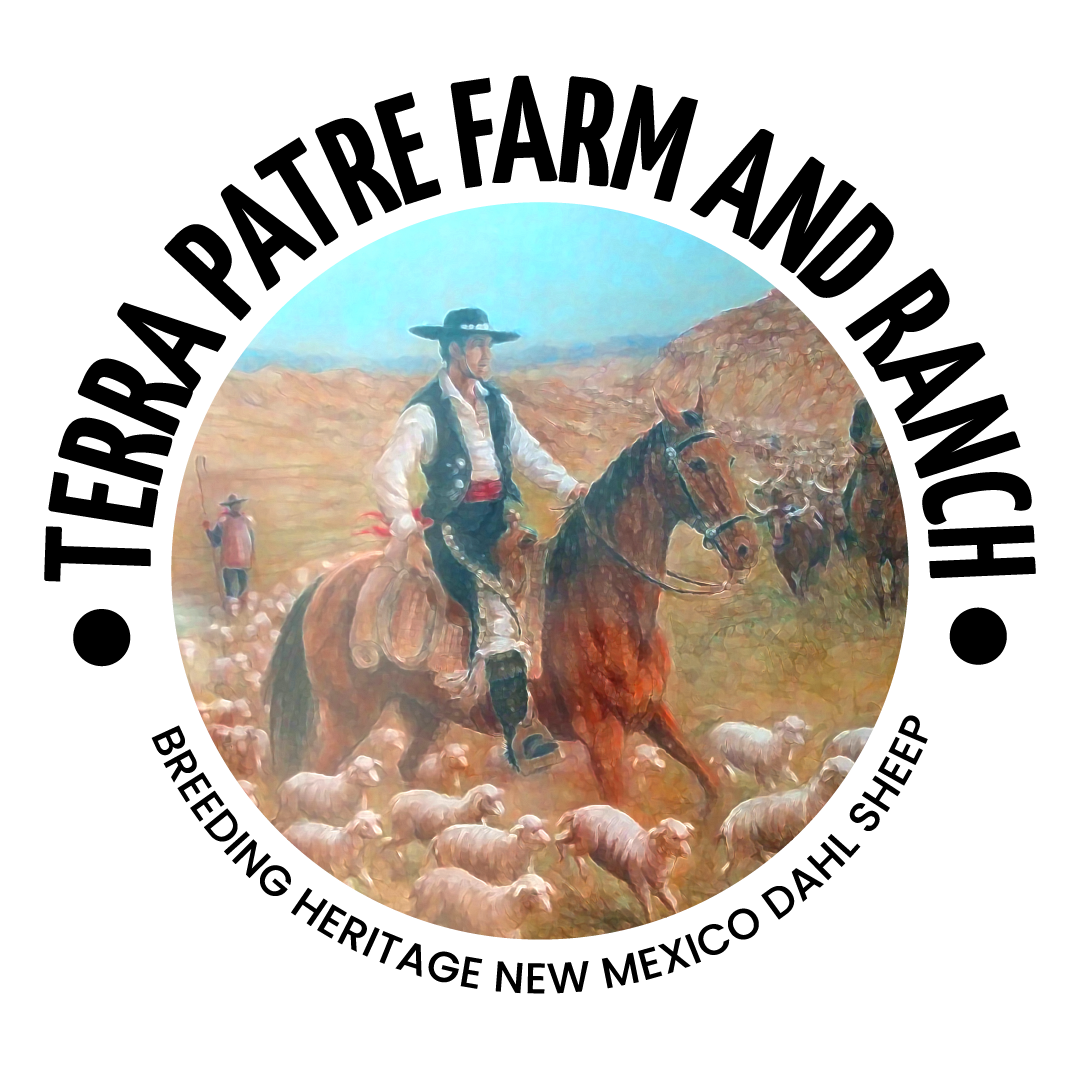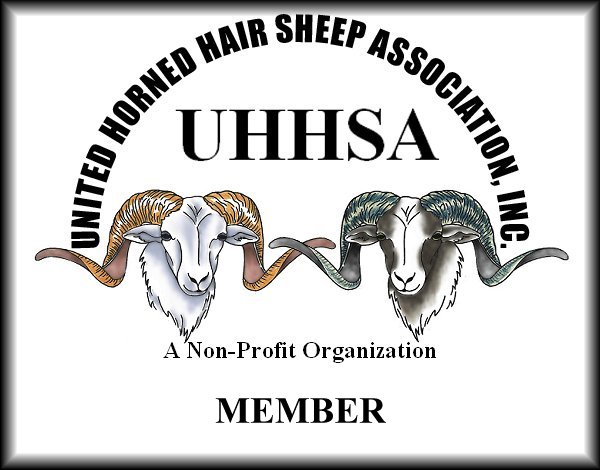

Bernco Bernie
I am a 15th generation New Mexican living on what is left of the Belen Land Grant of 1740 raising the almost extinct Heritage breed of New Mexico sheep. Over the past 30 years I have been endeavored to save New Mexico’s ONLY state recognized Heritage Breed of Live Stock, the New Mexico Dahl Hair Sheep; https://terrapatrefarms.com/ Feral over 470 years on enormous old Spanish Land Grant NM ranches these sheep have evolved into a noble, distinctive domestic breed of living history. In March 2013 the NM State Legislature House of Representatives unanimously recognized the New Mexico Dahl Hair Sheep as the first and only “HERITAGE” breed of livestock; (Las Cruces Sun News Video), (Ruidoso News Article) . At the same time the United Horned Hair Sheep Association recognized the New Mexico Dahl Sheep as a historical breed of hair sheep. On April 8, 2014 the Bernalillo County Commission unanimously voted to acknowledge the NM Dahl Hair Sheep as an integral historical agricultural component of New Mexico history and Bernalillo County in particular sporting eight sheep symbolically on the Great Seal of Bernalillo County and adopting Bernco Bernie and the official ambassador for the county government (Bernco Bernie) and displaying NM Dahl Heritage sheep on the hoof to represent Bernco Bernie at the Bernalillo county rodeo grounds. Watch the acknowledgement VIDEO by clicking on the following link. Go to the agenda on the left hand side, find “Certificates and Awards” and click on “New Mexico Dahl sheep”:
The Bernalillo County Board of County Commissioners does hereby acknowledge Gary Gaintner, Donald Chavez y Gilbert, Jason King, Roy Thibodeau, Johnny Gonzalez and Casey Dewey
Acknowledging, that Bernalillo County was founded in 1852 as an agricultural community based on eight original land grants that formed the county boundaries; and the current Bernalillo County seal depicts eight sheep that represent the land grants and reflect one of the area’s first industries, sheep ranching,
Acknowledging, that Bernalillo County is now using New Mexico Dahl Ram BernCo Bernie, a symbolic depiction of the historical sheep in the seal, in its efforts to engage and educate the public about the significance of Bernalillo County’s agricultural roots and abundant open spaces,
Acknowledging, that New Mexico Dahl Sheep are an important part of Bernalillo County’s agricultural past but are now almost extinct; however, thanks to the efforts of several New Mexico breeders, including Gary Gaintner, Donald Chavez y Gilbert, Jason King, Roy Thibodeau, Johnny Gonzalez and Casey Dewey are slowly rebounding in numbers,
Acknowledging – That New Mexico Dahl Sheep breeders Gary Gaintner, Donald Chavez y Gilbert, Jason King and Roy Thibodeau, and Johnny Gonzalez and Casey Dewey as part of their tireless efforts to rebuild the breed, have wholeheartedly embraced Bernalillo County’s efforts to use BernCo Bernie as a symbol of the county’s agricultural past and present,
NOW, THEREFORE, BE IT RESOLVED that the Bernalillo County Board of County Commissioners recognizes Gary Gaintner, Donald Chavez y Gilbert, Jason King, and Roy Thibodeau Johnny Gonzalez and Casey Dewey for working hand in hand with Bernalillo County to educate its residents about the importance of its history, agriculture and beautiful open spaces.
DONE, this 8th day of April, 2014 in Bernalillo County, State of New Mexico.
The history of the naming County of Bernalillo traces its origins to the same little Bernie Chaves as the history of the town of Bernalillo.
The great Seal of Bernalillo County proudly sports eight sheep, symbols of the economic foundation of New Mexico which was originally a sheep state that exported millions of sheep west to California, east to St. Louis, and south to Mexico City. Sheep were best suited to the rough terrain of New Mexico, too sparse and rugged for cattle and other livestock. “Hair sheep” were even better suited for travel than the popular classic woolen sheep. The name of Bernalillo is the Spanish diminutive form of the name Bernardo, first son of Fernando Durán y Chaves II: 1645-1712, who survived the 1680 Pueblo Massacre and returned with De Vargas to Santa Fe. Fernando Duran y Chavez II named the town Bernalillo after his first born son, little Bernie (Bernardo Chaves), in Spanish = Bernalillo. The youngest son of this same man Fernando Duran y Chavez II was Pedro Durán y Cháves (1677-1735), who along with other founding families joined Don Francisco Cuervo y Valdez on March 10, 1705, to found the city of Alburquerque. The history of the naming County of Bernalillo traces its origins to the same little Bernie Chaves as the town of Bernalillo.
Los Gorras Blancas (Spanish for “The White Wool Caps or Hoods”) was a vigilante group active in the American Southwest in the late 1880s and early 1890s in response to Anglo-American land grabbers. Founded in April 1889 by brothers Juan Jose, Pablo, and Nicanor Herrera, with support from vecinos in the nearby communities of El Burro, El Salitre, Ojitos Frios, and San Geronimo. This secretive association of hooded vigilante nightriders operated in San Miguel, Santa Fe, and Mora Counties, New Mexico, from 1889 to 1891. Comprised of neomexicanos (Spanish-speaking New Mexicans), the Gorras Blancas were believed to have numbered between 700 and 1,500 members. The Gorras Blancas launched a militant campaign of threats and intimidation against carpetbaggers who had encroached on community land and made that land inaccessible by fencing it off. In an 1890 publication, the Gorras Blancas declared themselves defenders of “the rights of all people in general, and especially the rights of poor people.” They sought favorable adjudication of the contested Las Vegas Land Grant to protect the community’s right to use and occupy the land. When legal action failed, however, the Gorras Blancas vowed militant retribution. They cut miles of fence lines, destroyed buildings and farm equipment, and threatened the lives of presumed encroachers and their sympathizers. These actions prompted Governor Lebaron Bradford Prince in 1890 to denounce the Gorras Blancas as a vigilante mob and to take measures securing the safety of local officials. Although at least four dozen of the Gorras Blancas were eventually indicted for their activities, none was convicted. The Gorras Blancas were reportedly headed by former U.S. Indian agent and Knights of Labor organizer Juan Jose Herrera (affectionately known as El Capitan) and his younger brothers Nicanor and Pablo. A detail of the People’s History of El Norte depicts Las Gorras Blancas, late 1800s, one of the earliest Hispano protest movements in New Mexico during the era of Westward Expansion. They were known for cutting the barb wire erected by rich Hispanos and Euroamericans around usurped Hispano lands. – See the mural of Los Gorras Blancas HERE See more history HERE
Phone
(505) 550-7569
nmdahl2@gmail.com

